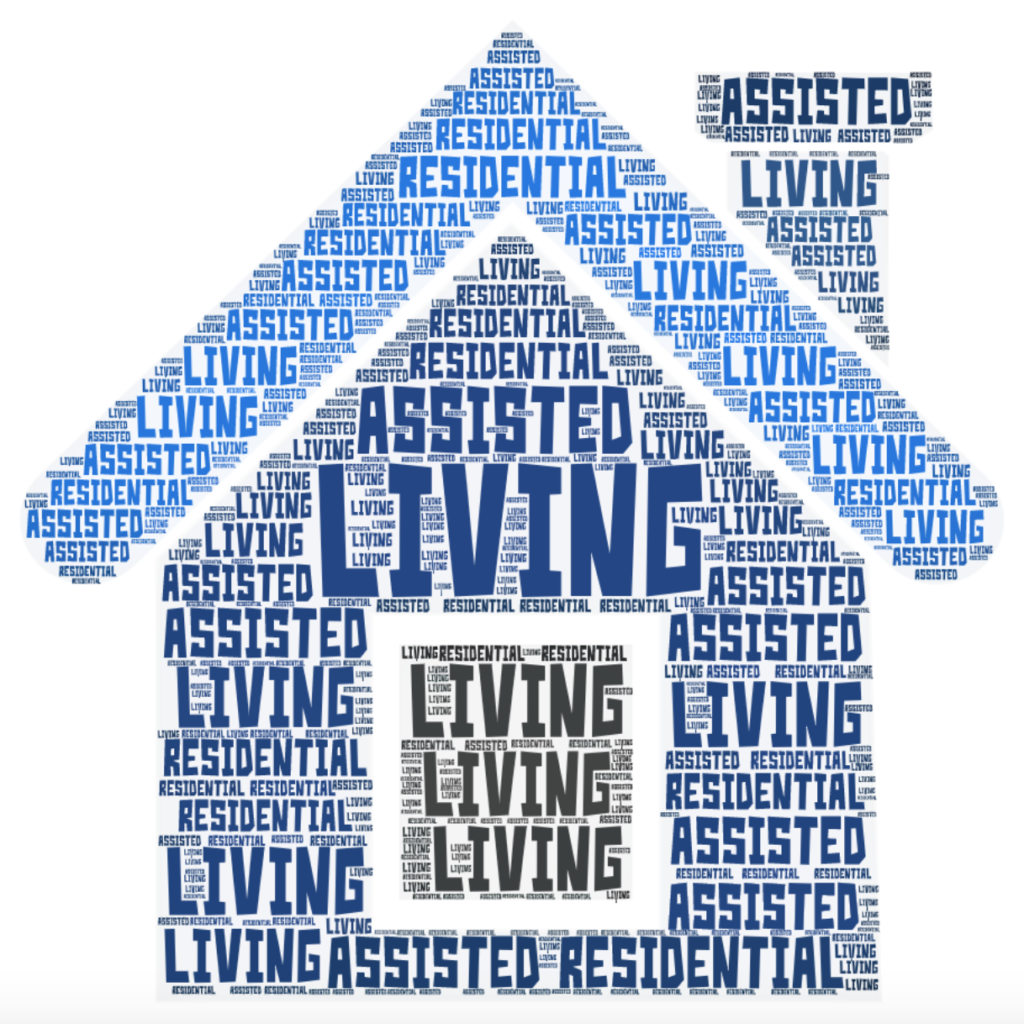
As infrastructure reform discussions focus on expansion of Medicaid home- and community-based services programs, senior living experts are reminding policymakers that assisted living should be part of the conversation.
The American Seniors Housing Association, in partnership with ATI Advisory, issued a special issue brief, “Assisted Living: An Important Option for Providing LTSS in the Community.” Geared toward policymakers now participating in ongoing infrastructure discussions, the document emphasizes the critical role of assisted living as an eligible Medicaid HCBS program setting.
“As policymakers consider expansions to the home- and community-based services program, they need to be mindful that senior living is a home-based setting that not only offers significant supportive care benefits for older adults in need of such care, but also provides socialization and engagement that may not always be available to seniors living at home,” ASHA President David Schless said.
The brief, he said, is intended to provide policymakers with a “thoughtful resource that makes the case that assisted living communities are an important setting along the continuum of community-based [long-term services and supports] options.” It makes some of the same points that ASHA made in a letter to Congress last month, after the Biden administration proposed spending $400 billion through the American Jos Plan to provide HCBS for older adults and individuals with disabilities.
Assisted living, according to the document, often is misunderstood by policymakers, who confuse assisted living communities with institutions such as skilled nursing facilities. Policy goals focused on keeping older adults in their homes to the exclusion of other residential care settings, Schless said, may overlook the significant benefits offered in senior living settings.
“While remaining in one’s home is the ideal and preferred approach for many older adults, those with functional and cognitive needs may not be suited to remain in their traditional home with only periodic assistance and limited opportunities for social engagement,” the brief reads. “For these individuals, assisted living offers a community-based solution in a residential home setting.”
According to the Medicare Current Beneficiary Survey, 600,000 older adults resided in assisted living communities in 2018. Although assisted living can be a “critically important setting” of Medicaid-eligible older adults, variations in eligibility and coverage across states can result in limited access to the full range of settings that meet their needs.
The brief implores policymakers to ensure that assisted living is part of the broader conversation on appropriate rebalancing of LTSS. Assisted living, the document states, can be “particularly meaningful for older adults with functional and cognitive frailty who need higher-touch support with activities of daily living, but who can live safely and independently in the community.”
Along with ensuring that assisted living communities continue to be included as eligible settings for Medicaid HCBS program participation, experts say that in the short term, the Centers for Medicare & Medicaid Services and state Medicaid agencies should include assisted living in the temporary 10-point federal matching assistance percentage increase as part of the American Rescue Plan Act of 2021.
Longer term, the brief suggests that the CMS Innovation Center test opportunities for assisted living. Doing so could improve care and lower costs for Medicare beneficiaries with complex and LTSS needs, including dually eligible and Medicare-only populations, they said.
“Assisted living is an often-unrecognized part of the HCBS infrastructure for frail elders,” the report reads. “As policymakers continue the focus on rebalancing LTSS into home and community-based settings, assisted living should be part of that conversation.”
The brief is available in the ASHA bookstore.




